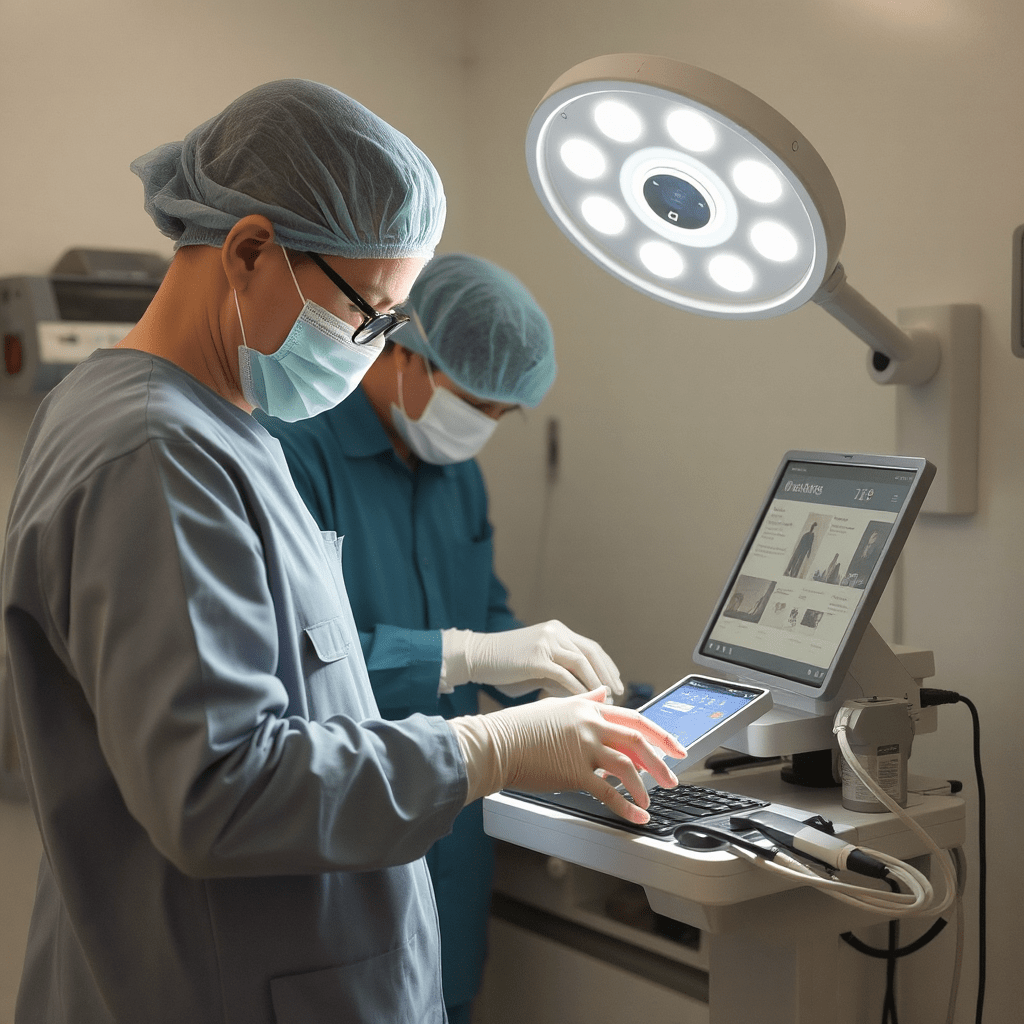Across international healthcare, artificial intelligence (AI) has transitioned from a novel innovation to a critical component in reshaping treatment approaches and patient care dynamics. As Managing Director of Pym’s Consultancy, I’ve witnessed first-hand the transformative impact AI can have, from enhancing diagnostic accuracy to enabling remote patient monitoring. However, as we integrate these advanced tools, we must tread carefully, ensuring that they complement rather than replace the irreplaceable human touch in healthcare.
The Multifaceted Role of AI in Healthcare
AI’s applications within healthcare are vast and varied. In diagnostics, algorithms analyse images with precision that matches—and sometimes surpasses—human clinicians, aiding in early detection of conditions from cancer to retinal diseases. In surgery, robotic assistants help perform precise operations, reducing recovery times and improving surgical outcomes.
AI has revolutionised patient monitoring and management, particularly through virtual wards. These digital platforms allow patients to receive high-quality care from the comfort of their homes, with AI systems continuously analysing patient data to alert healthcare providers about potential health deteriorations. My own experience with AI platforms like ChatGPT and Gencraft has shown me how these tools can streamline communications and data analysis, significantly enhancing operational efficiencies.
Patient Perceptions and the Human Element
Despite AI’s potential, its adoption is not without challenges, particularly in terms of patient perception and the role of human clinicians. Many patients express concerns about the impersonal nature of AI, fearing a loss of human oversight in their care. It’s crucial for healthcare providers to communicate clearly that, while AI is a powerful tool, it is just that—a tool. Human professionals remain at the helm, making the final clinical decisions. This reassurance is vital in maintaining trust and ensuring that technology enhances rather than detracts from patient care.
The Risk of Over-Reliance on AI
There is also a risk that healthcare professionals might become overly reliant on AI, potentially atrophying their diagnostic and clinical skills. It’s essential that we continue to train medical professionals to understand and interpret AI outputs while maintaining their ability to operate independently of technology. Clinicians must be encouraged to trust their training and instincts—a professional “hunch” that often leads to considering a broader range of possibilities beyond what AI can predict.
A Balanced Approach to AI in Healthcare
In conclusion, as we continue to embrace AI in healthcare, we must balance its benefits with a mindful approach that prioritises patient safety, preserves the centrality of human judgment, and maintains the personal touch that is so crucial in medicine. By doing so, we can harness AI’s potential to improve healthcare outcomes while ensuring that care remains compassionate, personalised, and fundamentally human. After all isn’t this the fundamental basis of patient-centred care?
This careful balance will be crucial as AI becomes more embedded in our healthcare systems. We must be vigilant in its application, ensuring it serves to support and enhance human decision-making, not replace it. The future of healthcare with AI promises immense potential—let’s steer tread carefully to ensure correct adoption and communication by staff and patients, to use it to its maximum potential.



